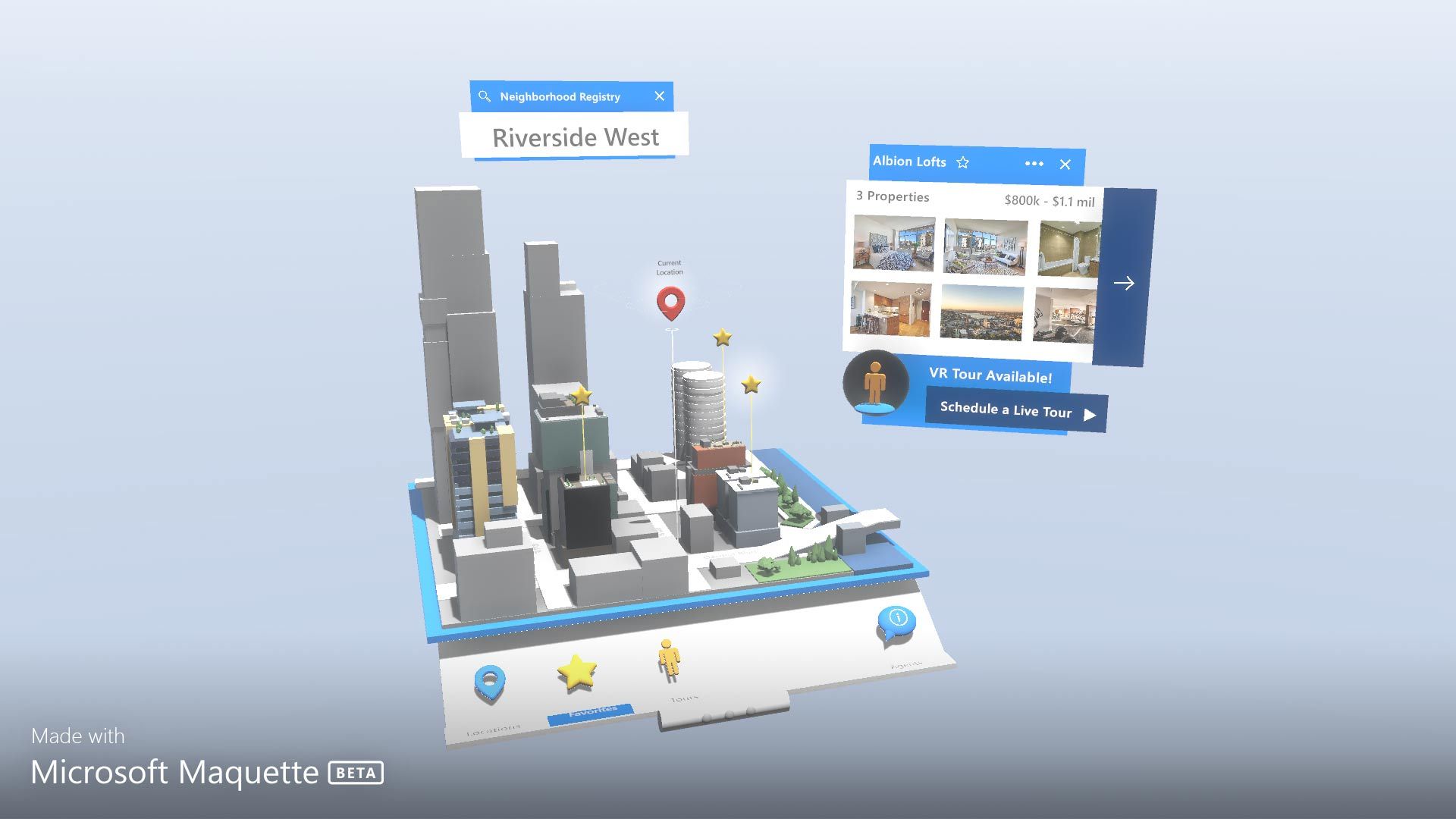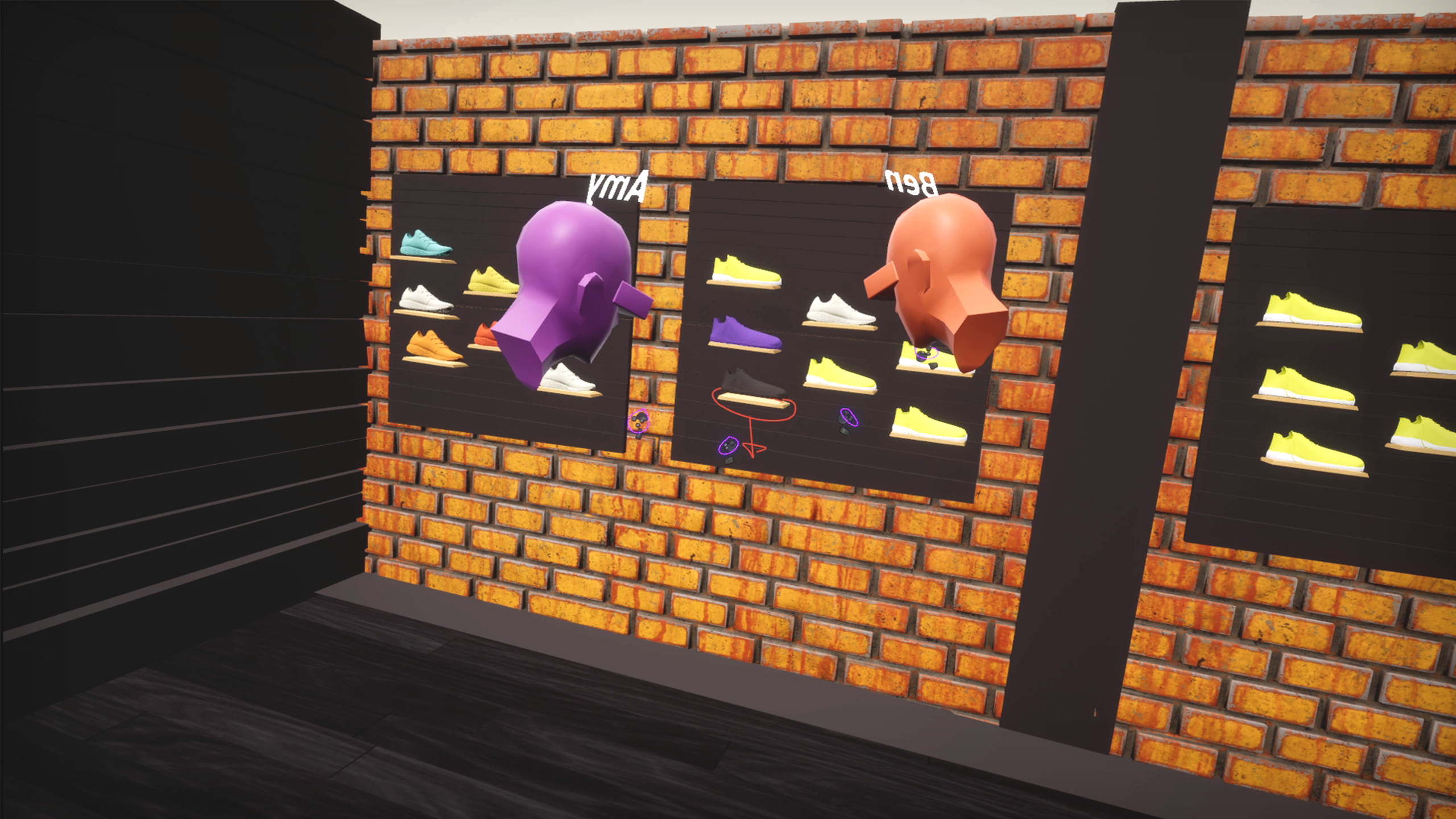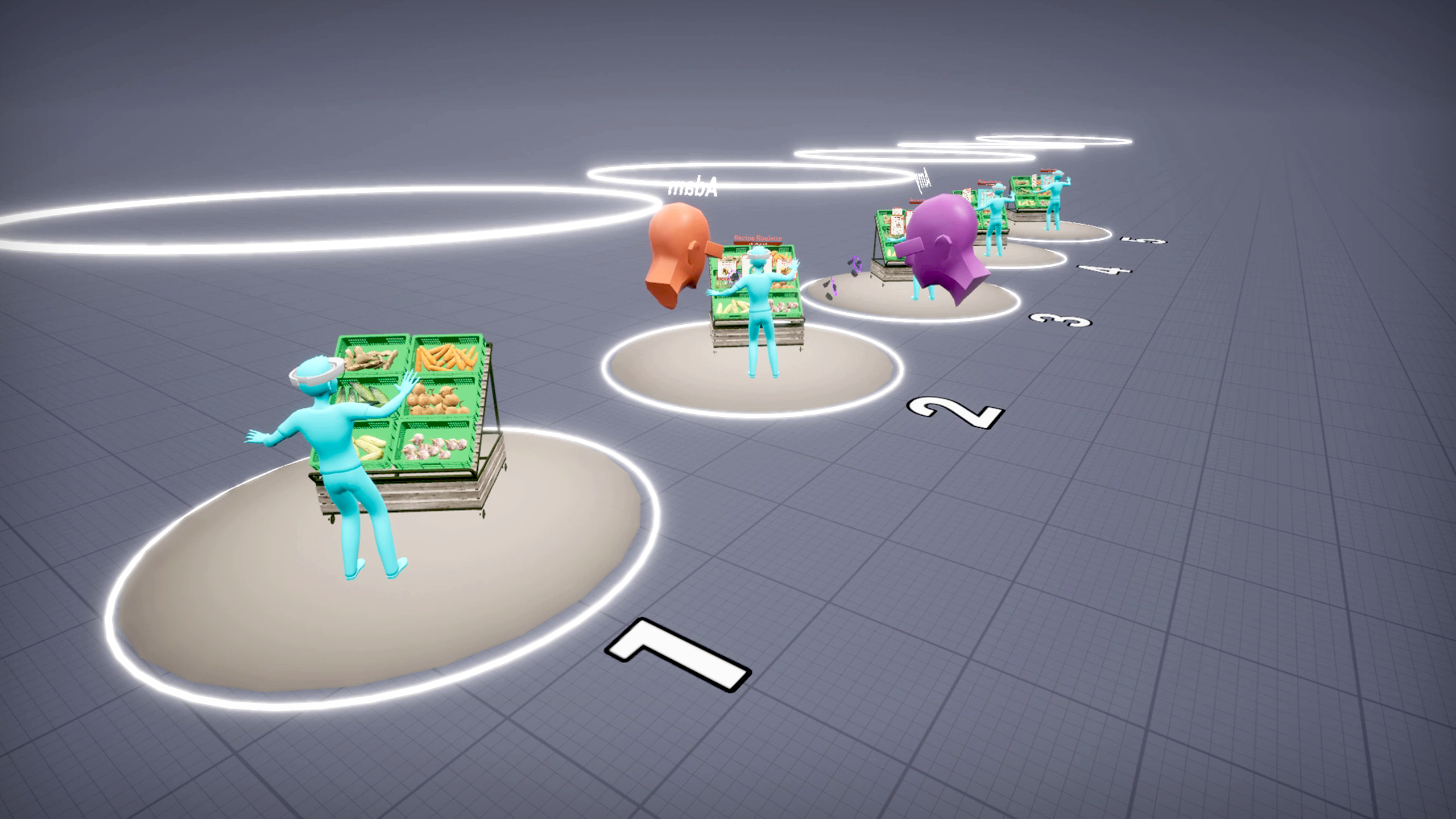How Can I Upload Models to Vr Chat?
With AR and VR technologies becoming more than prevalent in health intendance, manufacturing, EAC, training, and education, the needs for 3D content are growing.
Our communication is slowly evolving to 3D equally the technologies mature. Meet my article "We live in a second globe" for more than details on that electric current and upcoming change.
Just four years ago, to create 3D content, you had to learn sophisticated software like Blender, Maya, Autodesk, SketchUp, or Rhino. They all had a pretty steep learning bend that made it attainable to professionals who tin dedicate a career to information technology.
And then came Tilt Brush (Apr 2016), a software that lets y'all draw in 3D in VR. Information technology is a well pattern application that works. I used to invite my artist friends over and watch them create in VR. Their understanding of the app, where instant. Within ten minutes, they where drawing creating beautiful art in three dimensions.
Just after that, a series of 3D designs or drawing application got released on the market. Quill, Medium, Blocks, GravitySketch, Tvori. All with dissimilar approaches, usability, features, and target audience.
To create compelling, immersive presentations, I volition cover a pocket-size option of apps that are easy to use and works well.
My top favorite
Those are my top personal favorite, simply I have been creating 3D content in VR for more than 3 years. It ways that those top three are non necessarily the simplest to get started.
They are, in my stance, the virtually featured and efficient to create great 3D content.
Maquette
https://www.maquette.ms/
Maquette is currently free and created by a squad at Microsoft. It's available on Steam, which means you need a Desktop VR setup like HTC Vive, Microsoft Mixed Reality VR, or Oculus Rift Due south.
Its one of my favorites because its pretty well design to create and test User Interfaces. It includes tons of features that brand creating content quick and efficient.
One of its strengths is aligning and positioning content.
Information technology'southward full-featured, so it takes a little scrap of fourth dimension to main it entirely, simply to create simple 3D objects, yous tin go going with their tutorial video in about 20 minutes.
1 of the not bad values to employ Maquette is that it exports 3D objects in GLB (gltf), which is the format that AfterNow Prez uses.

| Pro | Con |
|---|---|
| Export GLB | Requires Desktop setup |
| Export GLTF | Not the most intuitive |
| Full featured | |
| It's Free | |
| Backed by Microsoft |
Gravity Sketch
https://www.gravitysketch.com/
Gravity Sketch was my all-time favorite for a very long fourth dimension. It's very intuitive to employ in one case you pass the initial learning curve or learning what each push of the controller does. You tin create very dainty 3D models very fast with a lot of details and accuracy.
To create a curved shape, it's one of the best tools on the marketplace. Its concept of layers makes it very easy to create sketches and polished 3d class on top of it.
It's available on Desktop PC as well as the Quest. One drawback is its cost. Information technology tin can be expensive if you want all the features.
I strongly suggest starting with their video tutorial to acquire each of the controller features. It takes near 10 to 20 minutes. After that, information technology is very natural and intuitive to apply.
The basic version simply exports in OBJ format, which is non uniform with AfterNow prez, it will require extra steps to convert to GLB to add information technology to your AfterNow prez presentation.
| Pro | Con |
|---|---|
| Available on Quest | Doesn't export GLB |
| Very natural UX | Not Gratis |
| Quick to primary | |
| Layers | |
| Bend 3d objects |
Sketchbox
https://www.sketchbox3d.com/creation
Sketchbox is a elementary, piece of cake to use 3D cosmos tools. It's similar to Maquette in terms of user experience but doesn't have whatever avant-garde features. Its first strength is multi-user capability. You can work on a 3D object with someone else, like google doctor. Yous tin can likewise use the multi-user feature to bring your stakeholders in VR to review your work and become feedback.
The 2d force is that it supports the Quest, and information technology'southward free.
Its the only costless 3D tool available on the Quest.


| Pro | Con |
|---|---|
| Availble on Quest | Doesn't export GLB |
| Costless | Less features |
| Quick to master | |
| Multi User | |
| Realtime Collaboration |
Tilt brush
https://www.tiltbrush.com/
Tilt Brush was one of the first VR drawing tools. Its design for drawing and focus more on the artistic side of things. Tilt Brush is more like Photoshop or Concepts app, where Gravity Sketch is more than like Illustrator.
Its ways you volition have tons of great brushes and upshot, just it will exist hard to create simple shapes like rectangles or spheres.
Tilt brush is bachelor on PC and Oculus Quest. The Oculus Quest version exports directly GLB files. The format supported past AfterNow Prez.
| Pro | Con |
|---|---|
| Availble on Quest | Non Complimentary |
| Consign GLB | Mainly for drawing |
| Quick to primary | |
| Create beautiful art | |
| Export to Unity3D |
Quill
https://quill.fb.com/
It is similar to Tilt Brush, a drawing tool. Information technology besides supports keyframe animation with a timeline.
Its not a beginner tools and takes a chip of fourth dimension to get used to it. Its very powerful and beautiful shorts like "Dear Angelica" were created with Quill.
| Pro | Con |
|---|---|
| Precise drawing | Only on PC |
| keyframe Animation | Mainly for drawing |
| Create cute art | Not intuitive |
| Export to Unity3D | |
| Lot of features |
Medium
https://www.oculus.com/medium/
Similar to Quill, it's a tool for artists to create 3D sculptures. It simulates a prepare of sculpting tools. It'south fun and creative. Easy to use and let very curved and organic shapes.
:::info
Not sure it's still available as it got given/sold to Adobe.
:::
Gravity Sketch
https://www.gravitysketch.com/
Run into my top favorite section in a higher place
Blocks by Google
https://arvr.google.com/blocks/
Cake is a skilful 3D sculpting tool, its very simple, nearly minimalist, but supports all essential elements to create any kind of shape.
It's groovy to create a simple low poly 3D object speedily.
"Low Poly" means "small number of polygons," which upshot in better performing 3D objects. VR and AR devices are limited in the number of polygons they tin process.
Blocks is integrated with poly.google.com, a site where users can share their creations from Tilt Castor and Blocks.
| Pro | Con |
|---|---|
| Like shooting fish in a barrel to use | Only on PC |
| Low Poly | bulky wait like legos |
| Easy to publish | Not easy to export |
| Only minimal features |
Maquette
https://www.maquette.ms/
See my top favorite department above.
SketchBox
https://world wide web.sketchbox3d.com/creation
See my top favorite section to a higher place.
TVori
https://tvori.co/
See the Animation tools section.
TVori
https://tvori.co/
TVori makes it very easy to create animations. Instead of the traditional keyframe animations like Quill or traditional 3D tools, you can motility objects in 3D and tape the path and speed. You can then move back the timeline to incrementally improve your animation. I found it super easy to use and created my first blithe movie in less than a few hours.
Started as a 3D sculpting and animation tool, now information technology's more focusing on the prototyping for AR/VR application. A fleck like Maquette but with animations.
Overall, it's as easy to use as Maquette with a bit fewer features but support animations that are important for prototyping.
| Pro | Con |
|---|---|
| Easy to use | Merely on PC |
| Piece of cake Animations | Expensive |
| Well featured | Not easy to export |
| Nice video recorder |
Quill
https://quill.fb.com/
See the cartoon tool section-
Source: https://www.afternow.io/create-3d-models-with-virtual-reality/
0 Response to "How Can I Upload Models to Vr Chat?"
Post a Comment